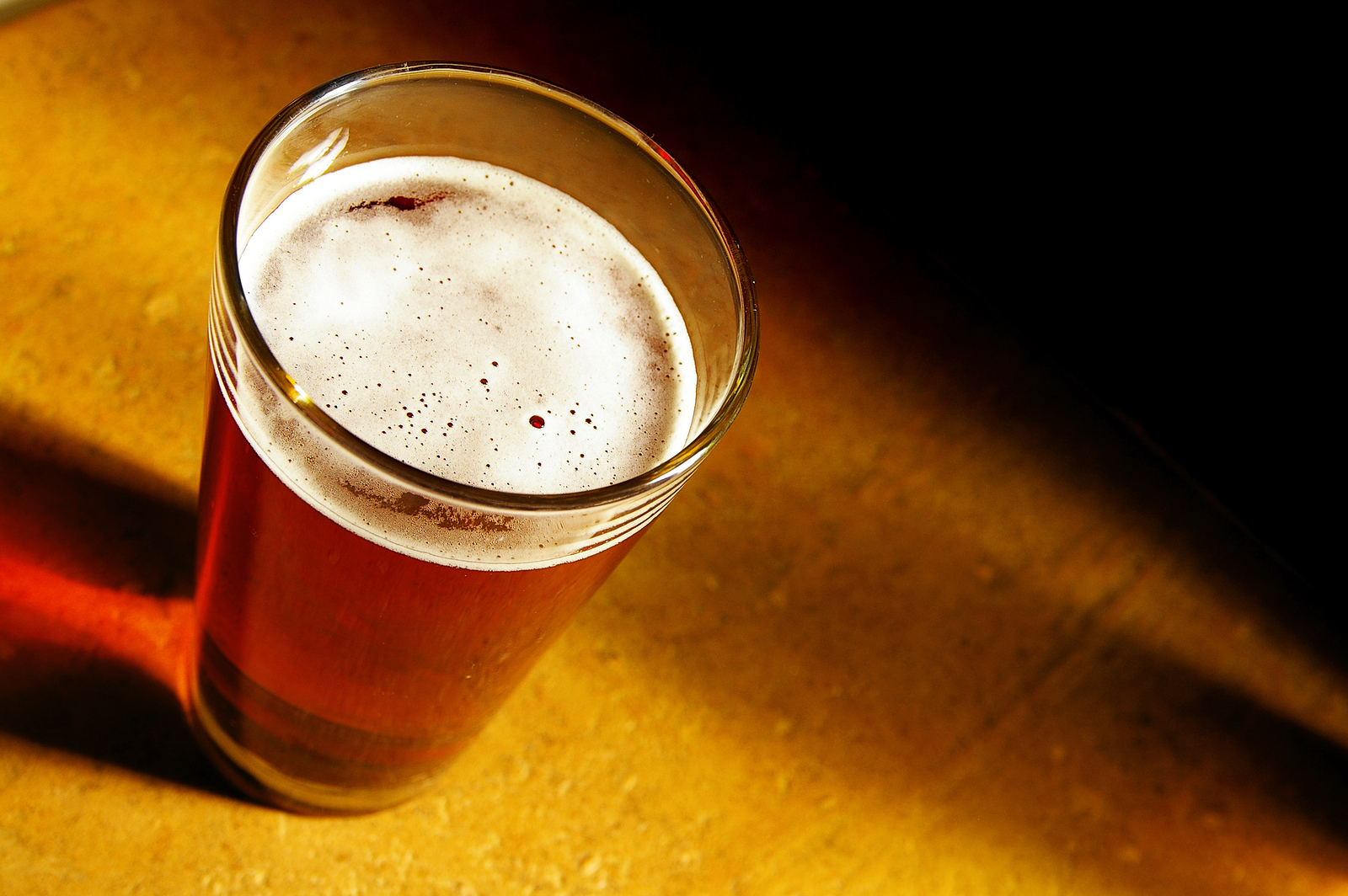Give Jim Koch points for consistency.
He’s built Boston Beer Co. from an industry upstart to an establishment player that is losing share and drinkers to a new generation of craft brewers. But along the way he hasn’t outgrown a penchant for taking shots at competitors.
His latest salvo appeared in a New York Times op-ed titled, provocatively, “Is It Last Call for Craft Beer?”
He argues that the recent slowdown in craft beer growth is driven in part by “a pushback by a handful of global brewers” — i.e., Anheuser-Busch InBev and Molson Coors (the parent of MillerCoors) — and a three-tier system that allegedly creates a “balance of power” that is “unfavorable to craft brewers and people who enjoy their beers.”
“Get some craft brewers together, and they’ll tell you that if we continue down this path, we may be witnessing the beginning of the end of the American craft beer revolution,” he warns.
That he commits an error — describing Molson Coors multiple times as foreign-owned when it’s based in Denver — is just one clue that his argument is quite flawed.
Case for growth
Has the creation of ABI and MillerCoors, together with the three-tier system, hampered the growth of craft beer?
It’s a tough case to make based on the explosive growth of craft. As Koch himself notes, craft brewers are coming down from an extended run of annual double-digit growth.
It’s a tough case to make based on the proliferation of breweries since ABI and MillerCoors were formed. In 2008 there were just over 1,500 brewpubs, microbreweries and regional craft breweries operating in the U.S., according to the Brewers Association. Last year there were more than 5,300.
It’s also a tough case to make when you look at a grocery store shelf. Craft had 26.9 percent of shelf space in 2016, up from 23.2 percent in 2014, according to Nielsen. Share of shelf for American light lagers slipped slightly to 18.2 percent.
(This is despite American light lager volume exceeding that of craft in grocery stores.)
In fact, the two leading brewers and the three-tier system paved the way for craft by laying the foundation of a distribution system that small brewers would not have been able to build on their own.
A white paper from management consultancy The Boston Consulting Group about the benefits of the three-tier system to small brewers makes that point:
“[S]ubscale small brewers are also (unexpectedly) the beneficiaries of the advantages afforded major domestic brewers. The reason: they can leverage an effective route-to-market distribution system that was built by distributors and larger brewers over the decades. This open distribution system enables small brewers to avoid significant, if not prohibitive, costs to entry, while also gaining deep access to large and small retailers.”
(Fun fact: Jim Koch worked at Boston Consulting before he founded Boston Beer.)
Though Koch rightly praises craft brewers for creating good jobs and supporting their communities, large brewers do the same (MillerCoors directly employs 8,000 people). As former MillerCoors CEO Tom Long noted in a 2014 speech to the Beer Institute, large brewers offer average compensation of $44 an hour in wages and benefits to brewery line workers, up to $100,000 a year when overtime is included. That’s significantly higher than average compensation at craft breweries.
Craft roots
Craft has brought a lot of excitement to the beer industry. And we've been leading the charge for longer than most craft brewers have been around.
To cite just two examples: MillerCoors invested in the Jacob Leinenkugel Brewing Co. so it could take its beers from the north woods to the entire country and introduced Blue Moon Belgian White, now the country’s largest craft brand, more than 20 years ago.
And it’s true craft has changed. It’s become more fragmented, more local and the proliferation of brewpubs is giving people a new way to enjoy and experience beer. This evolution has been a challenge for the brewery that Jim Koch built (the 2015 Boston Magazine article "Wasted: How the Craft-Beer Movement Abandoned Jim Koch (And His Beloved Sam Adams)" provides an interesting look). The Samuel Adams franchise is down 21.9 percent year-to-date, according to Nielsen cross-channel data.
After a red-hot run, craft growth might slow down. The makeup of the players may change. The role of national, regional, local and hyperlocal players will surely evolve. Just about everyone is predicting a shakeout after the gold rush in recent years.
But based on the real change craft has driven in how Americans enjoy beer is there reason to believe that it’s last call for craft beer?
No.

